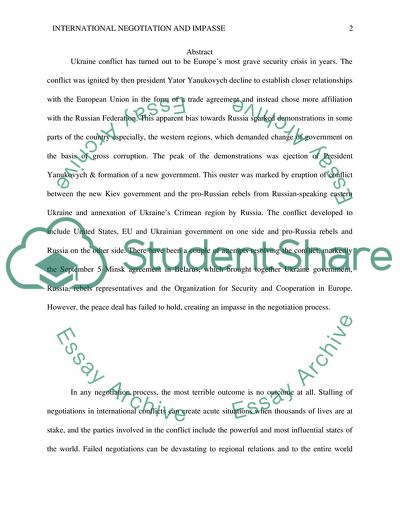Cite this document
(International Negotiation and Impasse Coursework Example | Topics and Well Written Essays - 2250 words, n.d.)
International Negotiation and Impasse Coursework Example | Topics and Well Written Essays - 2250 words. https://studentshare.org/politics/1845155-international-negotiation-and-impasse
International Negotiation and Impasse Coursework Example | Topics and Well Written Essays - 2250 words. https://studentshare.org/politics/1845155-international-negotiation-and-impasse
(International Negotiation and Impasse Coursework Example | Topics and Well Written Essays - 2250 Words)
International Negotiation and Impasse Coursework Example | Topics and Well Written Essays - 2250 Words. https://studentshare.org/politics/1845155-international-negotiation-and-impasse.
International Negotiation and Impasse Coursework Example | Topics and Well Written Essays - 2250 Words. https://studentshare.org/politics/1845155-international-negotiation-and-impasse.
“International Negotiation and Impasse Coursework Example | Topics and Well Written Essays - 2250 Words”. https://studentshare.org/politics/1845155-international-negotiation-and-impasse.


